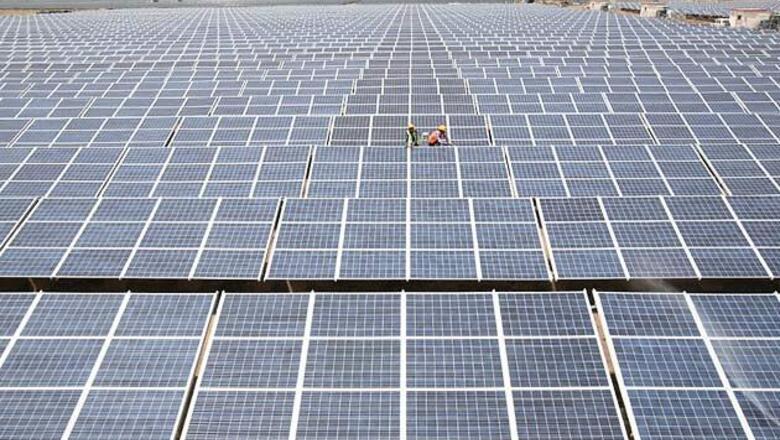
views
Washington: Generating power without interruption may become a lot easier as researchers have developed a new nanoparticle-based material that can absorb and convert to heat more than 90 per cent of the sunlight it captures.
This new material can withstand temperatures of over 700 degrees Celsius and survive outdoors in spite of exposure to air and humidity indefinitely.
Current solar absorber materials function at lower temperatures and need to be overhauled almost every year for high temperature operations.
Most solar power plants are today shut down about once a year to chip off the degraded sunlight absorbing material and re-apply a new coating, which means no power generation while a replacement coating is applied.
"We wanted to create a material that absorbs sunlight but does not let any of it escape. We want the black hole of sunlight," said Sungho Jin, professor at the University of California - San Diego in the US.
The new material has a multi-scale surface created by using particles of many sizes ranging from 10 nanometres to 10 micrometres.
Multi-scale structures can trap and absorb light, which contributes to the material's high efficiency when operated at higher temperatures.
The material can maximise sunlight absorption and minimise the loss of light that would emit from the surface in the form of infrared radiation.
The study appeared in the journal Nano Energy.




















Comments
0 comment